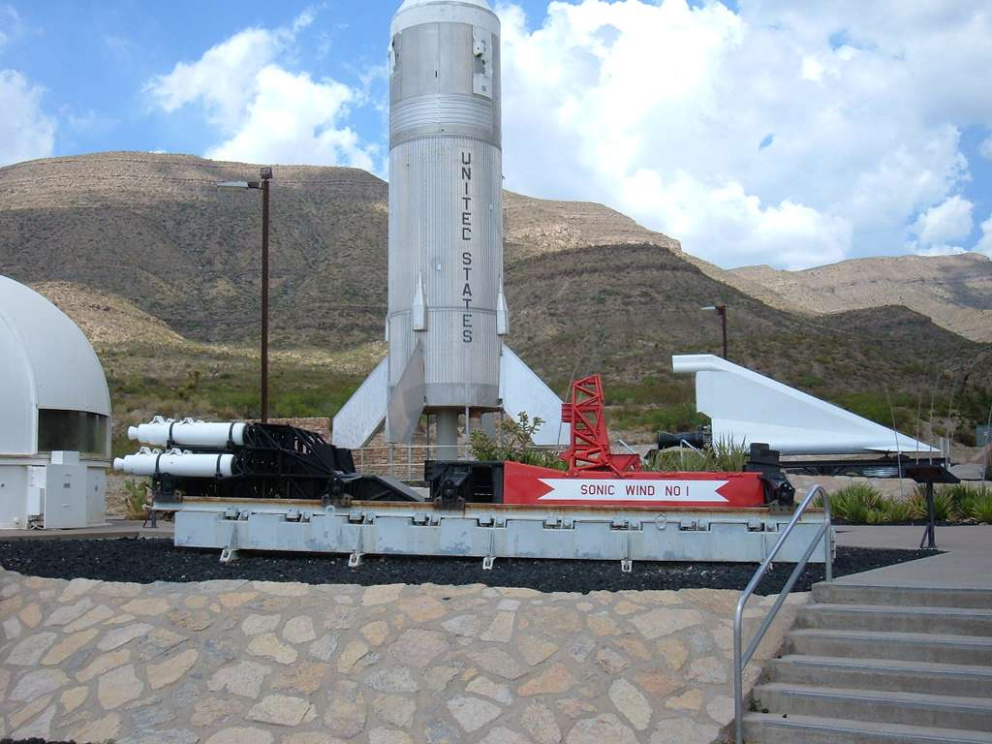The Sonic Boom of SpaceX Dragon
SpaceX’s Dragon spacecraft has become a symbol of modern
space exploration, ferrying astronauts and cargo to the International Space
Station (ISS). One of the most dramatic and awe-inspiring moments of its return
to Earth is the sonic boom—a thunderous noise that echoes across
the landing zone as the capsule re-enters the atmosphere. But what causes this
phenomenon, and why is it so significant?
What Is a
Sonic Boom?
A sonic boom occurs when an object travels through the air
faster than the speed of sound (approximately 767 mph or 1,235 km/h at
sea level). As the spacecraft or aircraft moves, it creates pressure waves in
front and behind it. When it surpasses the speed of sound, these waves combine
into a shockwave, resulting in a loud, explosive noise—the sonic
boom.
For SpaceX’s Dragon capsule, this happens during re-entry,
when the spacecraft slows down from orbital speeds (about 17,500 mph or
28,000 km/h) to subsonic speeds before parachute deployment.
Why Does
SpaceX Dragon Create a Sonic Boom?
When Dragon returns from space, it plunges into Earth’s
atmosphere at extremely high velocities. The friction with the air slows it
down, but as it descends, it remains supersonic for a period. The transition
from supersonic to subsonic speeds generates double
sonic booms—similar to those produced by NASA’s Space Shuttle.
These booms are often heard by observers on the ground near
the landing site (typically off the coast of Florida in the Atlantic Ocean or
in the Gulf of Mexico). Residents in nearby cities, such as Cape Canaveral or
Tampa, have reported hearing the distinctive "BANG-BANG" as
the spacecraft decelerates.
Public
Reactions and Significance
Sonic booms can be startling, sometimes leading to calls to
local authorities from people who mistake the noise for an explosion or
thunder. However, for space enthusiasts, the sound is a thrilling reminder of
human spaceflight achievements.
SpaceX’s ability to bring astronauts and cargo safely back
to Earth—complete with a dramatic sonic boom—highlights the company’s
advancements in reusable spacecraft technology. Each successful Dragon return
paves the way for future missions, including trips to the Moon and Mars.
Conclusion
The sonic boom of SpaceX’s Dragon capsule is more than just
a loud noise—it’s a signature of humanity’s presence in space and our ability
to return home safely. As SpaceX continues to refine its re-entry and landing
techniques, the iconic "boom" will remain a powerful
symbol of space exploration in the 21st century.









